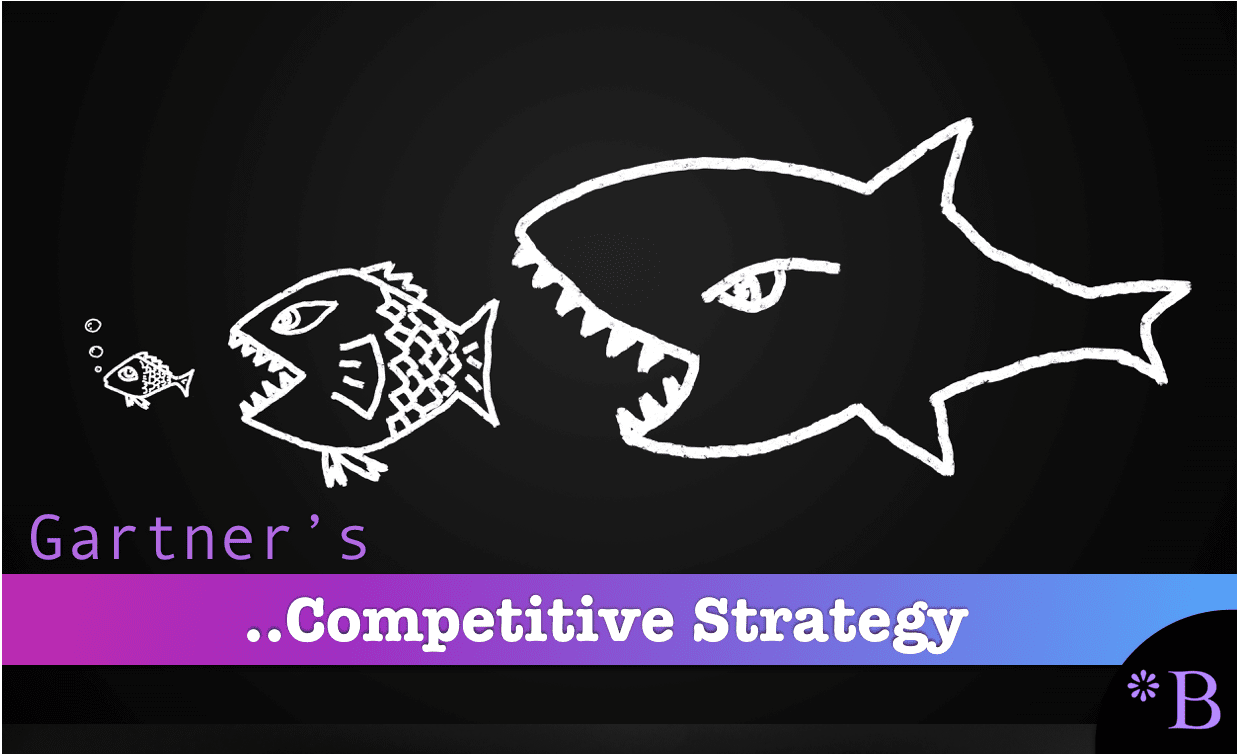How Gartner Acquires IT Analysts for the Express Purpose of Stifling Competition
Executive Summary
- Gartner’s business model is based upon eliminating competitors.
- This is done through acquisition.

Introduction
Gartner is one of the world’s largest IT analysts. However, they got to this stage through performing many acquisitions.
Our References for This Article
If you want to see our references for this article and other related Brightwork articles, see this link.
Notice of Lack of Financial Bias: You are reading one of the only independent sources on Gartner. If you look at the information software vendors or consulting firms provide about Gartner, it is exclusively about using Gartner to help them sell software or consulting services. None of these sources care that Gartner is a faux research entity that makes up its findings and has massive financial conflicts. The IT industry is generally petrified of Gartner and only publishes complementary information about them. The article below is very different.
- First, it is published by a research entity, not an unreliable software vendor or consulting firm that has no idea what research is.
- Second, no one paid for this article to be written, and it is not pretending to inform you while being rigged to sell you software or consulting services as a vendor or consulting firm that shares their ranking in some Gartner report. Unlike nearly every other article you will find from Google on this topic, it has had no input from any company's marketing or sales department.
How the Gartner’s Sizes Reinforces Their Model
According to Wikipedia, there are over seven hundred and forty industry analyst firms globally. Of course, only a fraction of these is IT analyst firms. Gartner is so dominant within the IT analyst segment that it receives over forty percent of all IT analyst firm revenues. Gideon Gartner founded Gartner in 1979, along with his partner David Stein. Before founding Gartner, Gideon had experience in IT as well as securities analysis. Gideon Gartner found other technology research companies, including Soundview Technology Group and Giga Information Group. Gideon severed ties with Gartner back in 1993 when it had sales of roughly $120 million—Gartner has grown a great deal since Gideon’s departure. Gartner’s growth was not merely holistic; from the mid-1990s onward, Gartner consistently acquired up-and-coming IT analyst firms that were its main competitors. While Gartner began in the US market, its acquisitions allowed it to become a firm with global reach. During the late 1990s, Gartner became an international IT analyst firm by acquiring companies like the French firm Abigail Engelsman and the Singapore firm Datapro Information Services, Inc.
How Gartner Acquires IT Analysts to Stifle Competition
It takes time for an IT analyst firm to develop its distinctive voice and to build its prominence in the software categories that it covers. If one firm does rise in prominence, Gartner’s financial position is such that they can acquire them with relative ease. William Hopkins explains this very well in an analysis of the Gartner acquisition of AMR Research.
“This may be the best acquisition ever – it kills two birds with one stone. Besides being a near perfect take-out play, it also offers easy access to a buyer base that is complimentary to their existing enterprise apps business. The best of both worlds. Here is why: The take-out play – As we have said many times before, one of the great ignored truths of the analyst space is how long it takes to build a buyer facing brand, products and sales force. Just like its acquisition of Meta, by buying AMR, Gartner removes the largest and one of the few remaining buyer-facing firms in the market. Our estimates is that it takes 12-15 years and at least $250 million dollars to build a buyer-facing firm.”
Gartner certainly realizes that there are significant benefits to being the most prominent IT analyst in the market, including compelling competitive advantages.
Conclusion
Gartner could never have become as powerful as it is without acquisition. It has used acquisition to restrict competition and to put itself in a monopoly position.